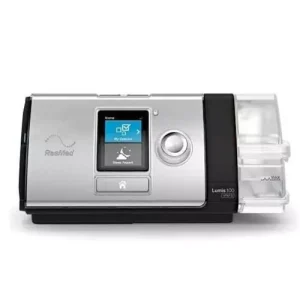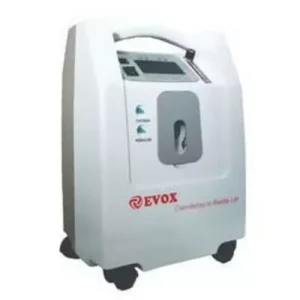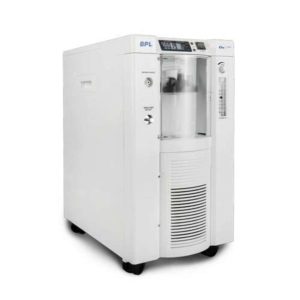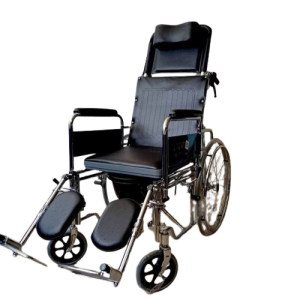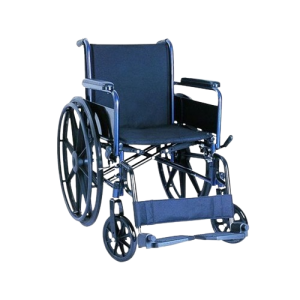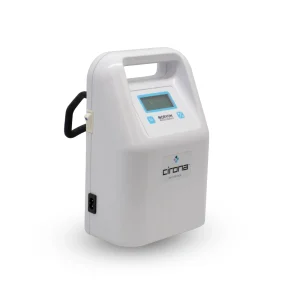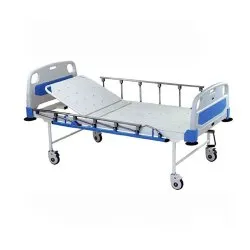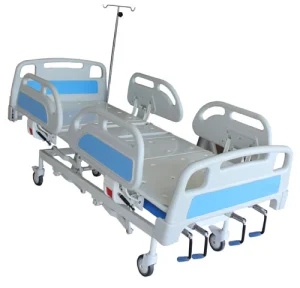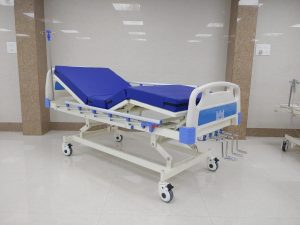- By Admin
- August 6, 2024
Hospital Curtain
Amount : ₹ 2000/ Per Month
Hospital curtains are essential in healthcare settings to provide privacy, create separation between patient areas, and contribute to infection control. Here’s a detailed overview:
Features:
- Privacy:
- Provides visual privacy for patients in multi-bed rooms or shared spaces.
- Helps ensure patient dignity during examinations or treatments.
- Material:
- Made from durable, easy-to-clean, and often antimicrobial fabrics.
- Common materials include polyester, vinyl, or a blend that resists staining and is resistant to bacteria and mold growth.
- Design:
- Mesh or Solid Fabric: Solid fabric curtains provide complete privacy, while mesh options allow for air flow while still providing a degree of separation.
- Color and Pattern: Typically neutral colors like blue, green, or beige to maintain a calming environment and blend with hospital decor.
- Size and Coverage:
- Customizable sizes to fit various types of curtain tracks and spaces.
- Can be designed to cover a range of areas from individual beds to larger sections of a room.
- Track System:
- Overhead Tracks: Suspended from the ceiling or wall-mounted, allowing curtains to slide open and closed.
- Mobile Tracks: Mounted on wheeled systems for flexibility in changing room layouts.
- Ease of Maintenance:
- Washable Fabrics: Some curtains can be machine washed, while others may need special cleaning procedures.
- Water-Repellent: Some curtains are treated to repel liquids, which helps with cleaning and maintenance.
- Fire Resistance:
- Often treated with flame-retardant chemicals to meet safety standards and reduce fire risks.
- Hanging Mechanism:
- Hooks or Rings: Standard hanging methods that allow easy installation and removal.
- Snap or Magnetic Closures: Alternatives for easier cleaning and reduced maintenance.
Usage:
- Installation:
- Install curtain tracks or rods according to the room’s layout and requirements.
- Ensure the system is securely mounted and can handle the weight of the curtains.
- Operation:
- Curtains can be opened or closed using pull cords, manual sliding, or automated systems.
- Regularly check for any issues with the track or curtain movement.
- Maintenance:
- Follow manufacturer’s instructions for cleaning and maintenance.
- Regularly inspect for signs of wear, damage, or contamination and replace if necessary.
- Hygiene:
- Ensure curtains are cleaned and sanitized regularly to prevent the spread of infections.
- Use antimicrobial treatments if available to enhance infection control.
Applications:
- Patient Rooms: To separate patients and provide privacy during medical procedures and rest.
- Emergency Rooms: To create temporary patient areas and maintain patient confidentiality.
- Examination Rooms: To provide privacy during exams and procedures.
- Waiting Areas: To create separate zones and enhance patient comfort.
Hospital curtains are a vital component of healthcare facilities, offering both functional and aesthetic benefits to improve patient care and hospital environment.

